Chronic pain can often feel like an uninvited guest, lingering far too long and disrupting the rhythm of daily life. Finding relief may seem elusive if you’re one of the many who struggle with this constant companion. Yet there’s hope on the horizon in the form of yoga—a gentle practice that helps ease physical discomfort and nurtures mental well-being. Imagine a space where movement is fluid, breath is your anchor, and mindfulness reigns supreme. This is what yoga offers: tools to empower you in your journey toward healing and restoration. Whether it’s through soft stretches or focused breathing techniques, each element serves as a step towards reclaiming control over your body. Let’s dive into some effective strategies within yoga that can help alleviate chronic pain while revitalizing mobility and promoting overall health.
Gentle Stretching and Poses
Gentle stretching and specific poses form the foundation of yoga for those dealing with chronic pain. They encourage flexibility without overwhelming your body. Start with simple stretches like Cat-Cow or Child’s Pose. These movements warm up the spine, promoting blood flow and easing tension in your back and neck. Moving slowly lets you listen to your body, finding comfort within each pose. Incorporate seated stretches as well. Poses such as Seated Forward Bend can gently lengthen tight hamstrings while calming the mind.
Breathing Techniques
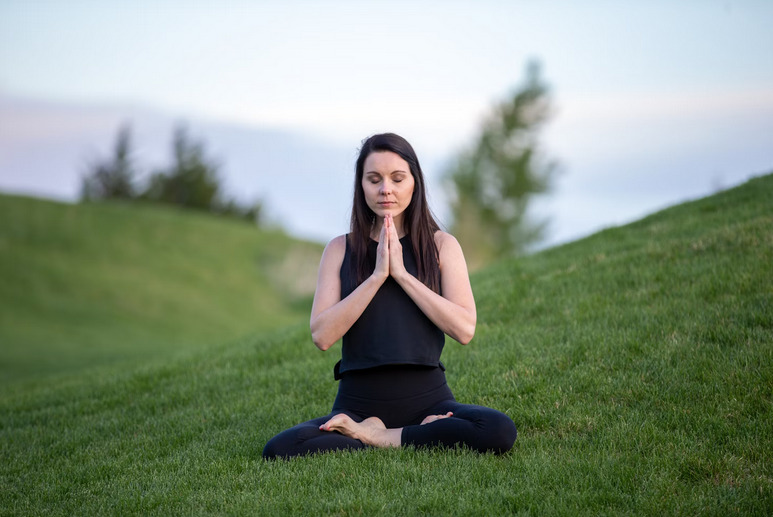
Breathing techniques are transformative tools for managing chronic pain. They help to calm the nervous system and promote relaxation. One effective method is diaphragmatic breathing. This technique encourages deep breaths from the diaphragm, enhancing oxygen flow throughout your body. Place one hand on your chest and the other on your abdomen. Inhale deeply through your nose, allowing your belly to rise while keeping your chest still.
Mindfulness and Meditation
Mindfulness and meditation offer powerful tools for managing chronic pain. These practices allow individuals to connect deeply with their bodies, cultivating awareness of sensations without judgment. When you practice mindfulness, the focus shifts from discomfort to the present moment. This simple redirection can create space between you and your pain. You begin to notice thoughts that contribute to stress, allowing them to drift away like clouds in the sky. Meditation encourages relaxation and reduces tension throughout the body. Techniques such as guided imagery or loving-kindness meditation foster compassion towards oneself, which is vital during painful episodes.
Myofascial Release Techniques
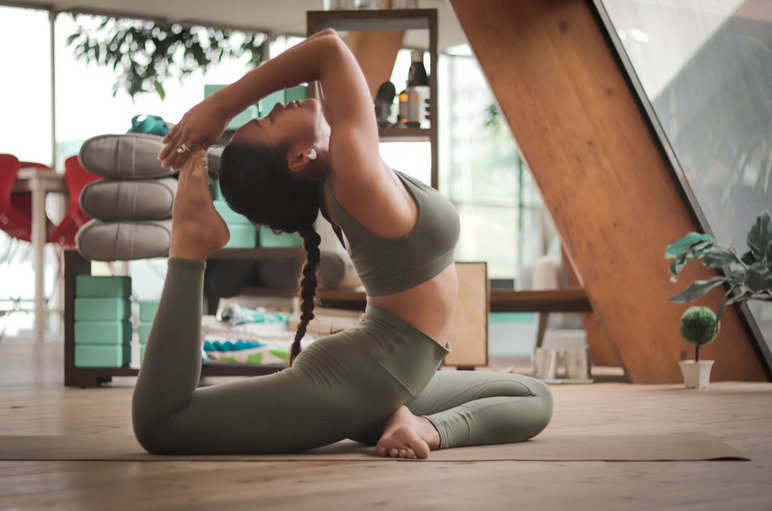
Myofascial release techniques focus on relieving tension in the connective tissues surrounding muscles. This approach can be particularly beneficial for those experiencing chronic pain. Using gentle pressure and stretching, myofascial release helps to improve circulation and restore flexibility. Simple tools like foam rollers or massage balls can assist in targeting specific areas of discomfort. As you practice these techniques, listen closely to your body. Move slowly and allow your breath to guide you. The goal is relief and an increased awareness of how tension manifests physically.
Finding relief from chronic pain can be an ongoing journey. Yoga offers a diverse toolkit to address both physical discomfort and emotional stress. You engage your body by incorporating gentle stretching and poses while promoting flexibility and strength. Embracing yoga not only aids in managing symptoms but also empowers individuals by restoring mobility and enhancing overall quality of life. Whether you’re just starting out or deepening your practice, remember that each small step counts on this …
Continue reading
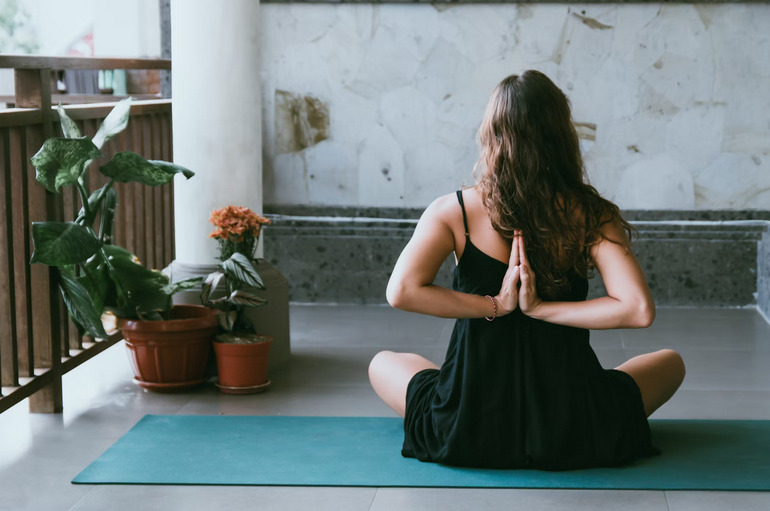
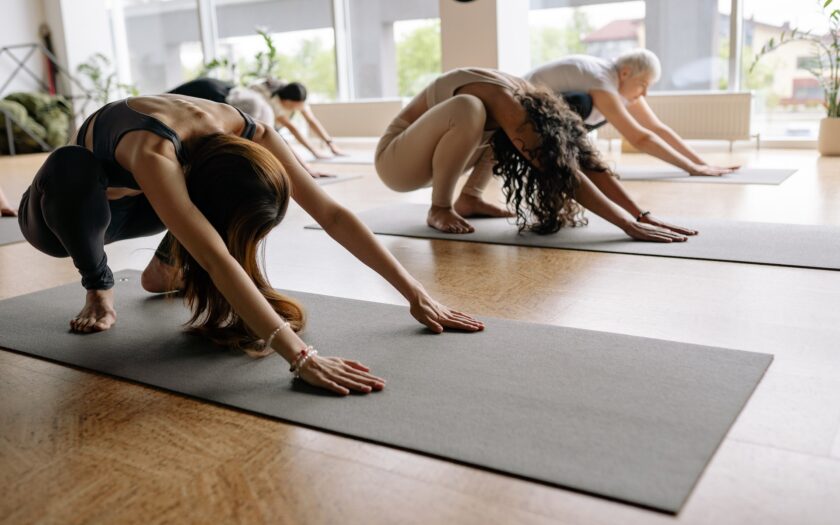
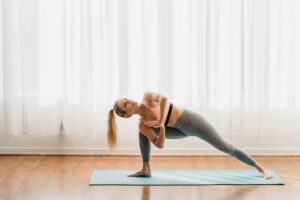 During the class, listening to your
During the class, listening to your